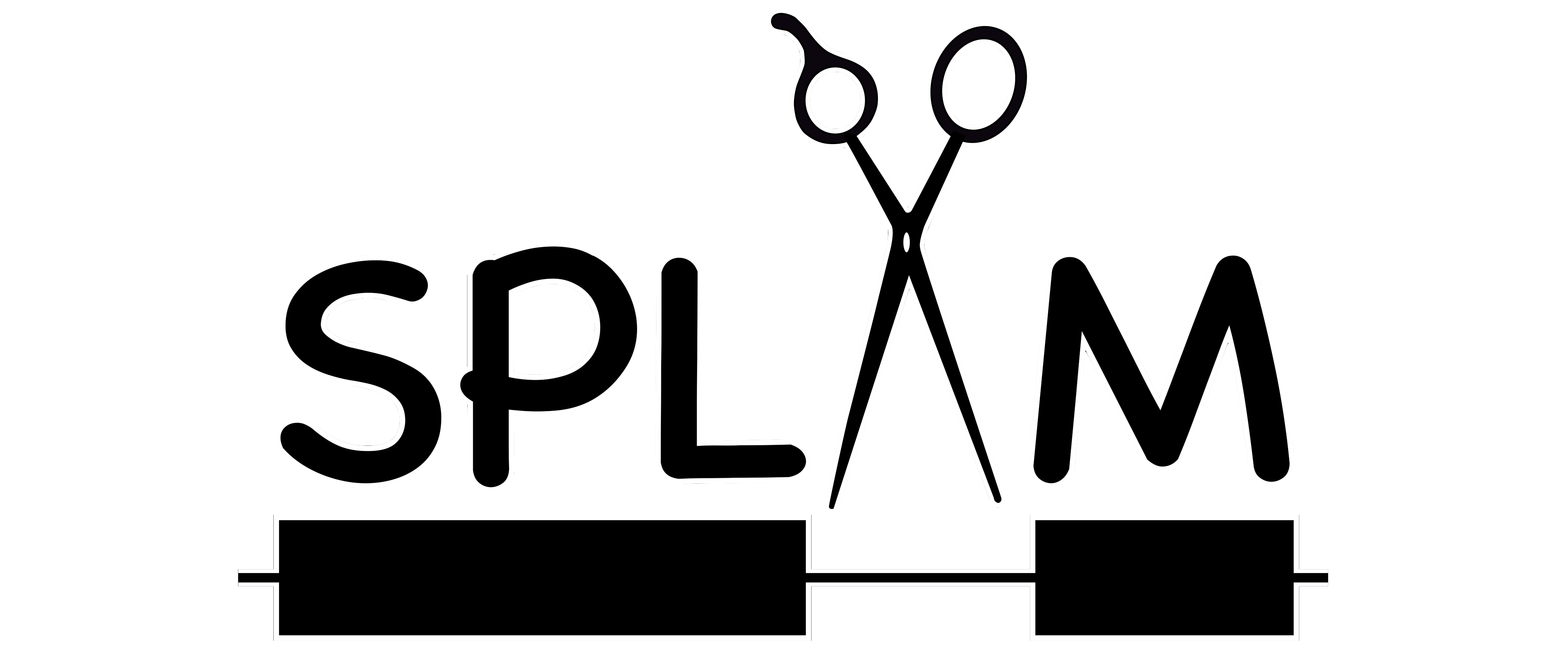Splice junction scoring tool
Project description

Splam is a splice junction recognition model based on a deep residual convolutional neural network that offers fast and precise assessment of splice junctions. It was trained on combined donor-acceptor pairs and focuses on a narrow window of 400 base pairs surrounding each splice site, inspired by the understanding that the splicing process primarily depends on signals within this region.
Why Splam❓#
- We need a tool to evaluate splice junctions & spliced alignments. Thousands of RNA-Seq datasets are generated every day, but there are no tools available for cleaning up spurious spliced alignments in these data. Splam addresses this problem!
- Splam-cleaned alignments lead to improved transcript assembly, which, in turn, may enhance all downstream RNA-Seq analyses, including transcript quantification, differential gene expression analysis, and more.
Who is it for❓#
If you are (1) doing RNA-Seq data analysis or (2) seeking a trustworthy way to evaluate splice junctions (introns), then Splam is the tool that you are looking for!
What does Splam do❓#
There are two main use case scenarios:
-
Improving your alignment file. Splam evaluates the quality of spliced alignments and removes those containing spurious splice junctions. This significantly enhances the quality of downstream transcriptome assemblies [Link].
-
Evaluating the quality of introns in your annotation file or assembled transcripts [Link].
Documentation#
📒 The full user manual is available here
Table of contents#
Installation#
Splam is on PyPi. This is the easiest installation approach. Check out all the releases here.
$ pip install splam
You can also install Splam from source
$ git clone https://github.com/Kuanhao-Chao/splam --recursive
$ cd splam/src/
$ python setup.py install
Quick Start#
Running Splam is simple. It only requires three lines of code!
See these examples on Google Colab:
Example 1: clean up alignment files (BAM)
$ cd test
# Step 1: extract splice junctions in the alignment file
$ splam extract -P SRR1352129_chr9_sub.bam -o tmp_out_alignment
# Step 2: score all the extracted splice junctions
$ splam score -G chr9_subset.fa -m ../model/splam_script.pt -o tmp_out_alignment tmp_out_alignment/junction.bed
#Step 3: output a cleaned and sorted alignment file
$ splam clean -o tmp_out_alignment
Example 2: evaluate annotation files / assembled transcripts (GFF)
$ cd test
# Step 1: extract introns in the annotation
$ splam extract refseq_40_GRCh38.p14_chr_fixed.gff -o tmp_out_annotation
# Step 2: score introns in the annotation
$ splam score -G chr9_subset.fa -m ../model/splam_script.pt -o tmp_out_annotation tmp_out_annotation/junction.bed
#Step 3: output statistics of each transcript
$ splam clean -o tmp_out_annotation
Example 3: evaluate mouse annotation files (GFF)
$ cd test
# Step 1: extract introns in the annotation
$ splam extract mouse_chr19.gff -o tmp_out_generalization
# Step 2: score introns in the annotation
$ splam score -A GRCm39_assembly_report.txt -G mouse_chr19.fa -m ../model/splam_script.pt -o tmp_out_generalization tmp_out_generalization/junction.bed
# Step 3: output statistics of each transcript
$ splam clean -o tmp_out_generalization
Scripts for Splam model training & analysis#
All the scripts for Splam training and data analysis are in this GitHub repository.
Citation#
Kuan-Hao Chao*, Alan Mao, Steven L Salzberg, Mihaela Pertea*, "Splam: a deep-learning-based splice site predictor that improves spliced alignments ", bioRxiv 2023.07.27.550754, doi: https://doi.org/10.1101/2023.07.27.550754, 2023
Project details
Release history Release notifications | RSS feed
Download files
Download the file for your platform. If you're not sure which to choose, learn more about installing packages.
Source Distribution
Built Distribution
File details
Details for the file splam-1.0.8.tar.gz.
File metadata
- Download URL: splam-1.0.8.tar.gz
- Upload date:
- Size: 41.0 MB
- Tags: Source
- Uploaded using Trusted Publishing? No
- Uploaded via: twine/4.0.2 CPython/3.8.11
File hashes
| Algorithm | Hash digest | |
|---|---|---|
| SHA256 | e6ba75c6f6ac3a1312c4447f9c6384b9aab0a2ee1a6e7f4d9a05ffe57cc8bfae |
|
| MD5 | 2d6e8ca97c9c1a16c20185d223e87411 |
|
| BLAKE2b-256 | a5ad6d3495d79895726b6df06f3cd667006e5316fa3235e6919b841057f6e666 |
Provenance
File details
Details for the file splam-1.0.8-cp38-cp38-macosx_13_0_arm64.whl.
File metadata
- Download URL: splam-1.0.8-cp38-cp38-macosx_13_0_arm64.whl
- Upload date:
- Size: 946.7 kB
- Tags: CPython 3.8, macOS 13.0+ ARM64
- Uploaded using Trusted Publishing? No
- Uploaded via: twine/4.0.2 CPython/3.8.11
File hashes
| Algorithm | Hash digest | |
|---|---|---|
| SHA256 | 29c00038f58c6d294784dd7a212be258c47723fee343964eff8e67a6f5d8aae1 |
|
| MD5 | b9d4b389054f652c8a767f7ee60ba5a6 |
|
| BLAKE2b-256 | 35fa76bf21536e4f60a1caae0132889ab74457d9c75a9476c3d0ec7b578870af |

















